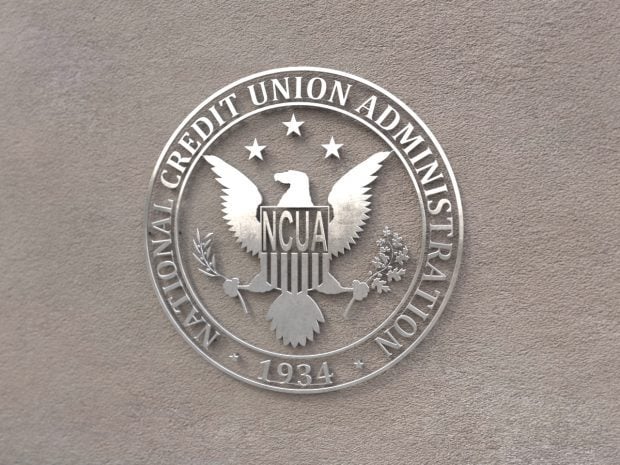Competitive loan pricing and a decline in loan delinquencies have helped create more demand for commercial real estate loans.
According to the Federal Reserve Board's Beige Book released Wednesday, several of the districts reported steady or slightly stronger loan demand.
Atlanta, Boston, Chicago, Cleveland, Dallas, Kansas City, Minneapolis, New York, Philadelphia, Richmond, Va., San Francisco and St. Louis make up the Fed's12 districts.
Demand for commercial real estate loans was generally reported to be stronger in the Atlanta District, according to the Fed.
Several bankers in the Richmond district said the volume of small business loan applications was markedly higher with the bulk of demand coming from energy, healthcare and commercial real estate.
The New York district noted a decrease in spreads of loan rates over the cost of funds, particularly for commercial mortgages.
A number of districts, including Cleveland, Atlanta, Chicago, Dallas, and San Francisco, said loan pricing remained quite competitive. Several districts noted increased demand for capital spending loans.
The Fed said lending standards were relatively unchanged to slightly easier across districts and loan types. Most district banks said loan delinquencies continued to decline as credit quality remained solid and loan quality improved.
“Given the woes from the past couple of years, whether intellectually or emotionally perceived, the reports should be seen as good news for the industry,” according to Brian Turner, director and chief strategist at Catalyst Strategic Solutions, a subsidiary of Catalyst Corporate Federal Credit Union in Plano, Texas, in his latest analysis.
Second quarter data from the NCUA shows loan growth at an annualized pace of 0.4% so far this year as a 3.1% increase in vehicle loans and a 1.5% increase in real estate loans were offset by a 13.5% decline in unsecured credit cards, Turner said.
Still, weak consumer spending induced by job insecurity, falling values and volatile stock market performance have all contributed to modest loan growth, Turner noted, adding nationally, this has sent consumer spending growth down to 1.4%.
Prepared at the Federal Reserve Bank of Dallas and based on information collected on or before May 25, the Beige Book contains current economic conditions by district through reports from bank and branch directors and interviews with key business contacts, economists, market experts, and other sources, according to the Fed.
© 2025 ALM Global, LLC, All Rights Reserved. Request academic re-use from www.copyright.com. All other uses, submit a request to [email protected]. For more information visit Asset & Logo Licensing.






